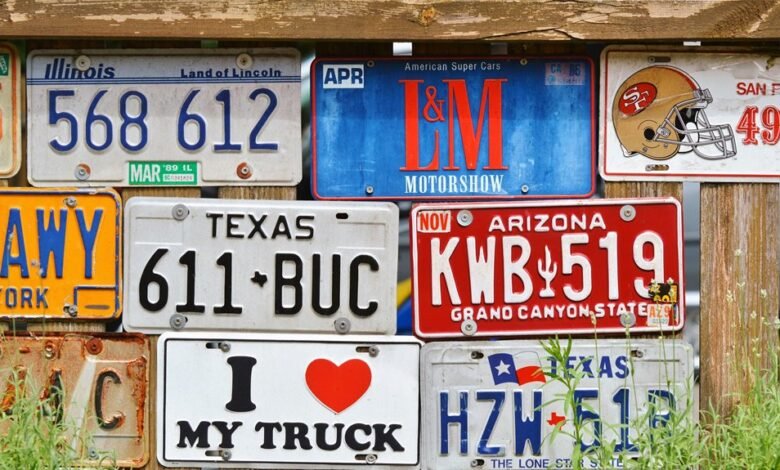Vehicle Numbers: An Insight Into Vehicle Registration Plates

Vehicle registration plates are more than mere identifiers; they reflect a rich history and evolving technology. These plates have transformed from simple tags into complex systems that convey essential information about vehicles and their owners. The various designs and codes carry regional significance, portraying cultural values and community pride. As society continues to regulate mobility, understanding the nuances of vehicle numbers becomes increasingly important. What deeper implications do these identifiers hold for our modern world?
The History and Evolution of Vehicle Registration Plates
As the automobile became a staple of modern society, the need for a systematic method of identification led to the development of vehicle registration plates.
Their historical significance is profound, marking a transition to regulated vehicle ownership.
Over time, design changes reflected technological advancements and societal needs, evolving from simple tags to intricate systems that balance personal freedom with accountability in an increasingly mobile world.
Understanding the Components of Vehicle Numbers
Understanding the components of vehicle registration numbers is essential for comprehending their functionality and significance in vehicle identification.
Registration plates typically consist of various plate formats, which may include letters, numbers, and symbols. These elements serve as identification codes, allowing for the unique identification of vehicles.
Such codes facilitate efficient tracking and management, ensuring that each vehicle can be easily recognized within a broader system.
Regional Variations and Their Significance
Regional variations in vehicle registration plates reflect the diverse legal, cultural, and administrative frameworks governing vehicle identification across different jurisdictions.
These differences hold regional significance, showcasing local identities and values.
Furthermore, they carry cultural implications, influencing perceptions of belonging and community.
Understanding these variations enhances awareness of how vehicles are interwoven with societal norms, highlighting the intersection of mobility and regional identity.
Conclusion
In conclusion, vehicle registration plates serve not merely as identifiers but as a tapestry woven from history, culture, and technology. They reflect our journey from rudimentary tags to sophisticated symbols of identity, accountability, and pride. As we navigate the roads of modernity, these plates remind us that while personal freedom drives us forward, societal regulation ensures we remain connected. Ultimately, vehicle numbers are more than just letters and digits; they are the stories of our communities, waiting to be told.







